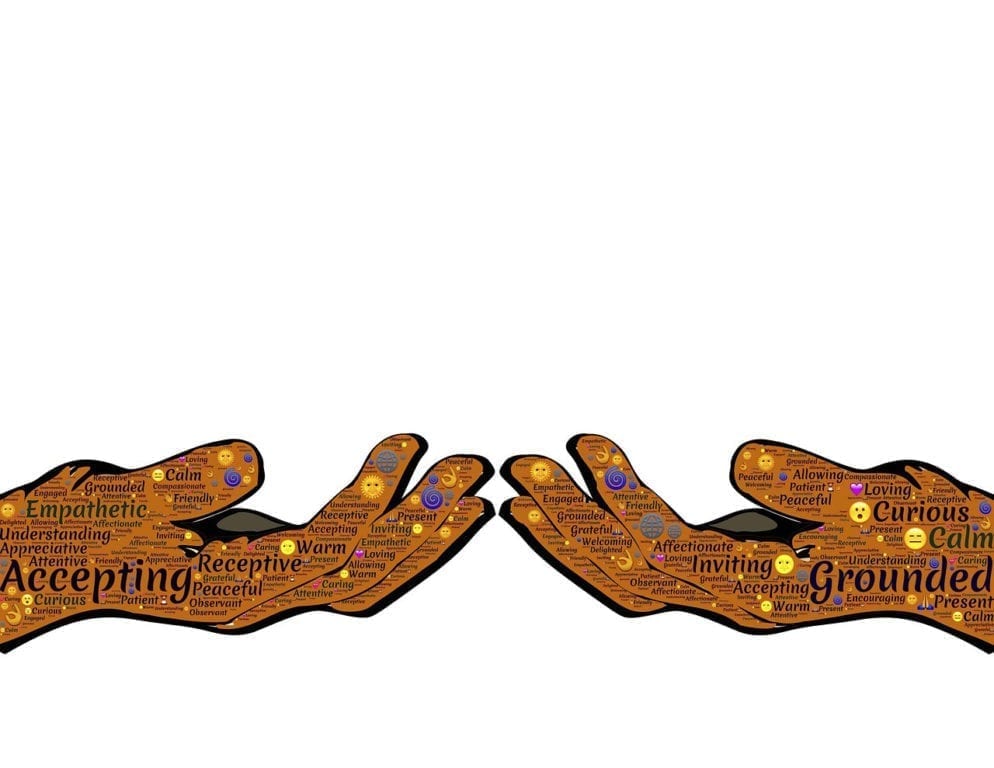There are treatments out there to help manage living with Myasthenia Gravis (MG).
Whether your infant was born with Congential Myasthenia Gravis or you are an adult who showed a positive result on a MG test, help is available for you to live a more active, vibrant life. Managing symptoms of muscle weakness, trouble swallowing and even difficulty speaking severely impacts quality of life. But there is hope.
In terms of drugs…
Although not many, and no curative Myasthenia Gravis medications exist, they can now help control symptoms and give patients more of the freedom they had prior to diagnosis.
With MG, the immune system produces antibodies that destroys receptor sites for neurotransmitters. Less receptor sites means fewer nerve impulses travel to the muscles. Drugs have been developed to boost the amount of acetylcholine available for neuromuscular transmission. These drugs are known as anticholinesterase inhibitors and they ultimately impair the breakdown of acetylcholine at the synaptic cleft. This allows more nerve impulses to travel to the muscles.
Anticholinesterase inhibitors are usually the first-line treatment for MG.
Although only a symptomatic treatment, they continue to prove successful for many patients. Their effectiveness can often be seen within a half an hour of their first dose. Such drugs and their efficacy really depend on the symptoms experience. For example if limb and bulbar weakness is the daily symptom, anticholinesterase inhibitors have demonstrated positive responses. Ocular symptoms like ptosis and diplopia have not measured such good responses. You can read more about this first-line treatment which can be taken both orally and intravenously here.
As with most rare diseases, it is crystal clear that anxiety, stress and fatigue can make symptoms worse, especially MG symptoms.
Mindfulness-Based Stress Reduction is becoming more and more popular as a daily therapy and way of life for those living with rare disease. Patients are learning that mindfulness, healthy eating, decreasing the amount of stress in their life, making time for rest and relaxation, finding and participating hobbies that are fulfilling can increase overall wellness and happiness. With the right treatment in place, you can be active and enjoy the activities that bring pleasure to your life. With the right mindset, you can achieve happiness.
With a diet designed to boost immunity, medications to increase nerve conduction and stress reduction techniques, it is more than possible to not only physically but mentally survive and thrive a rare disease.
One particular technique of Mindful-Based Stress Reduction is to practice compassion. In fact, the NIH’s NCBI’s pubmed.gov has published several studies proving that practicing compassion is physically good for the body. If you are asking, how? you are not alone … In her latest newsletter, Wellness Warrior and Patient Worthy MG Contributor Lisa D. asks,
“Can Compassion Really Save the World?”
“The short answer is yes” she says in her latest newsletter, The Wellness Edge. You can click here to subscribe to Lisa’s newsletter. Backed by NIH research Lisa writes about how compassion can scientifically benefit a person’s overall health and wellness. We love lists here at Patient Worthy, so here is a sneak peek at Lisa’s list.
5 Ways Compassion is Good For You
- Compassion is a buffer against stress
- It lowers inflammation levels in the body
- It broadens your perspective of life beyond yourself which decreases depression
- It increases a sense of connectedness with others
- It elevates the pleasure centers of the brain far more than spending money
Click here to continue reading Lisa’s post … and if you like what you read don’t forget to sign up to receive her newsletter.







